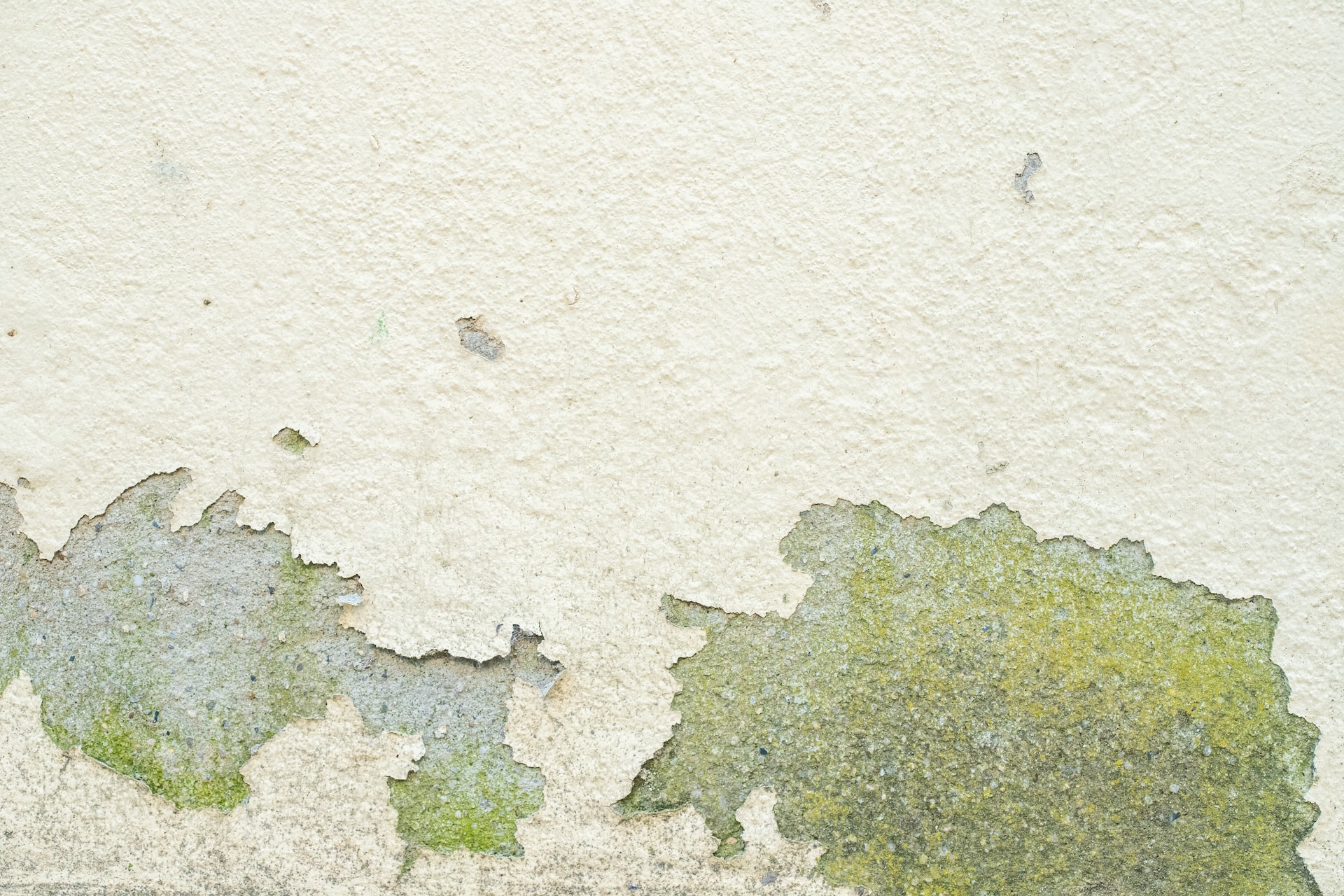Is Your Home a Breeding Ground for Mold? Discover the Potential Root Causes
Greetings to all homeowners! Have you ever detected a strange musty odor in your rooms? Or perhaps spotted dark marks or blemishes on your walls and ceilings? These could be more than mere eyesores; your home might be harboring mold! In this comprehensive guide, we will explore the possible root causes of mold proliferation and reveal the hidden aspects behind its unyielding spread. Prepare to regain control of your living space and guarantee a wholesome sanctuary for your family. Let’s get started!
Contents
An Insight into Mold and Its Consequences
Mold is a species of fungus that flourishes in humid, shadowy spaces. It has the potential to grow on a multitude of surfaces, such as wood, paper, carpet, and even food items. The existence of mold in homes and commercial spaces is not uncommon, and it can be linked to several health concerns.
Coming into contact with mold can instigate allergic manifestations like sneezing, watery eyes, itchiness, and skin irritations. For those suffering from respiratory ailments, mold can aggravate symptoms and even provoke asthma attacks. Those with compromised immunity may also be susceptible to severe infections due to mold exposure.
If you fear that mold may be an issue in your home or office, it’s crucial to act without delay and invest in professional mold removal. The eradication of mold may be challenging and costly, hence prevention is key. Below are some strategies to help maintain your dwelling or workplace mold-free:
- Employ a dehumidifier or air conditioning to regulate indoor humidity.
- Utilize exhaust fans during cooking or bathing to deter moisture accumulation.
- Promptly address any roofing or plumbing leaks.
- Dry inundated parts swiftly after any flooding event.
- Regularly clean gutters to ensure proper drainage.
Why Does Mold Appear in Your Residence?
Mold, being a fungus, thrives in warm and moist surroundings. Several underlying factors may contribute to mold occurrence in your residence, such as:
- Dripping pipes or plumbing fittings
- Moisture condensation on windows or surfaces
- Flood incidents
- Inadequate air circulation
- Wet basements or crawl spaces
Should you find mold in your home, professional inspection and removal must be sought at once. But let’s first further explore these factors in more detail.
The Humidity Conundrum
Mold spores are ubiquitous—in the atmosphere, on surfaces, even in dust particles. High humidity levels are a frequent cause of mold growth. Relative Humidity (RH) represents the ratio of present water vapor in the air to the maximum amount it can contain at a particular temperature. Elevated RH enhances the likelihood of mold proliferation.
Here are some methods to decrease humidity:
- Deploy an air conditioner or dehumidifier.
- Ensure proper ventilation in rooms like kitchens and bathrooms.
- Repair any leaks elevating indoor humidity.
- Promptly dry moist regions.
The Dilemma of Leaking Pipes
Leaking pipes can indeed create havoc. Understanding the root causes can prevent potential mold growth:
- Aging or deteriorated pipes may cause leakage.
- Improperly fixed pipes may not withstand water pressure, leading to leaks.
- Sudden water pressure fluctuations may induce leaks.
- Earth movements or settling may exert pressure on pipes, causing leaks.
The Challenge of Inadequate Ventilation
Mold thrives in places where poor ventilation traps moisture. Adequate ventilation should circulate fresh air within the home and expel stale, damp air outside. Bathrooms and kitchens, where steam is generated, and poorly ventilated attics are particularly prone to mold growth.
The Threat of Water Intrusion
Water intrusion is a primary catalyst for mold in residences. Mold can rapidly grow in wet environments through leaks in the roof, walls, or foundation, flooding, or condensation. Preventative measures like fixing leaks and installing sump pumps in flood-prone areas can mitigate potential issues.
Recommendations for Mold Prevention
Mold prevention is paramount. Here’s how to ensure a mold-free environment:
- Maintain Cleanliness: Regular cleaning and decluttering deter mold growth.
- Prompt Repairs: Fix leaks swiftly.
- Use Dehumidifiers: They remove excess moisture.
- Routine Inspections: Regularly check for mold signs.
- Invest in Air Filters: To keep indoor air mold-free.
Eradicating Mold from Your Residence
Identifying and cleaning mold involves locating the affected area, then employing a solution of bleach and water, vinegar, or hydrogen peroxide. Proper ventilation post-cleaning is vital to prevent recurrence, as is using a dehumidifier in damp spaces.
In Summary
Understanding the potential underlying causes of mold in your home enables better preparedness and prevention. From plumbing to ventilation, various factors can contribute to mold infestation. Awareness and proactive measures can safeguard your loved ones from the harmful impact of mold within your home. Remember, prevention is always preferable to cure, especially when dealing with something as persistent and potentially dangerous as mold.

